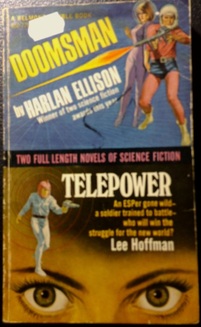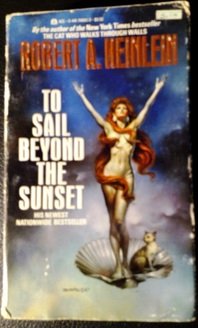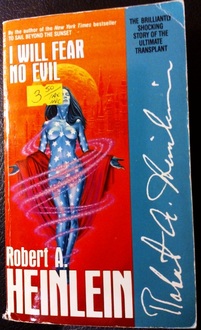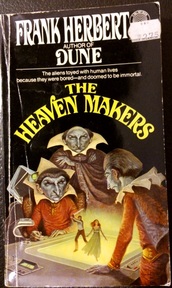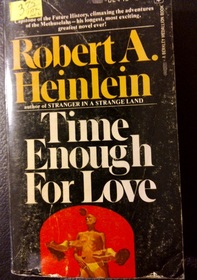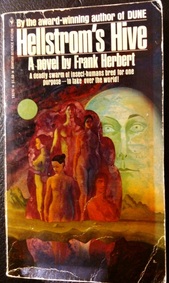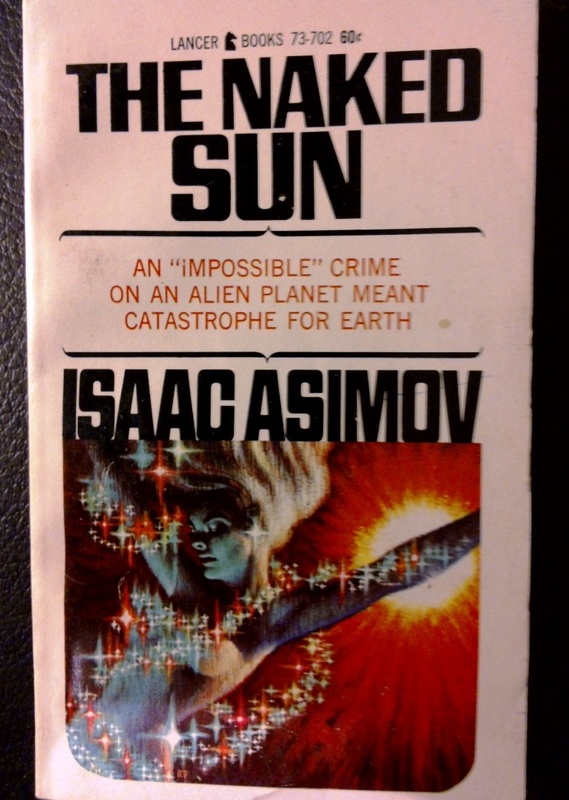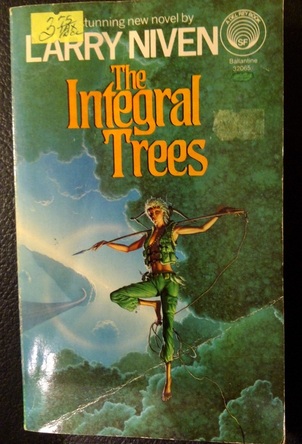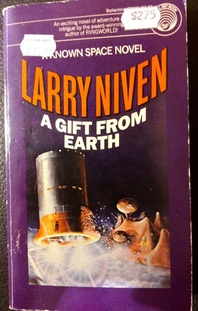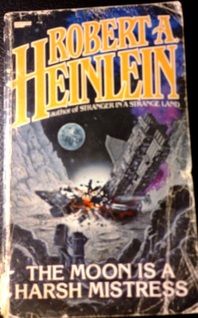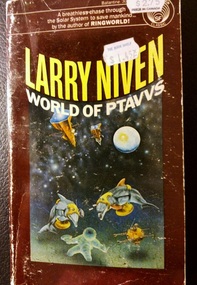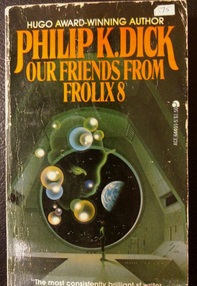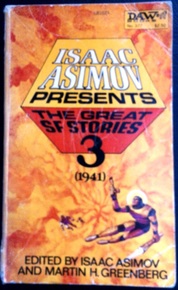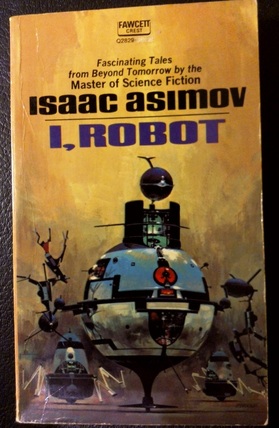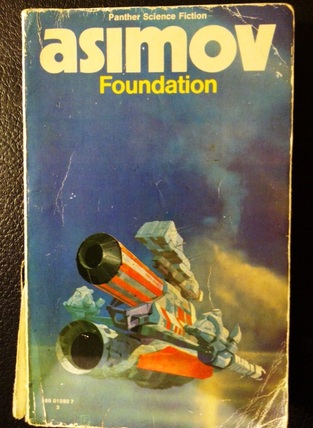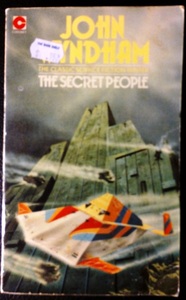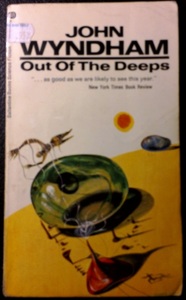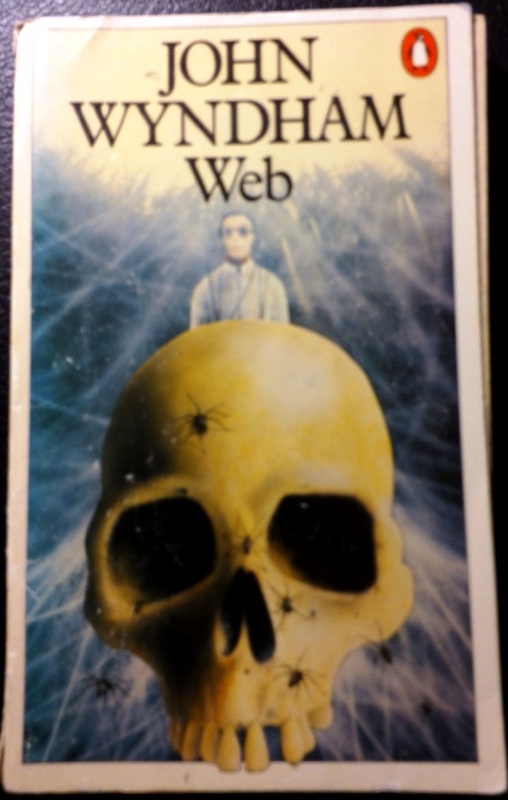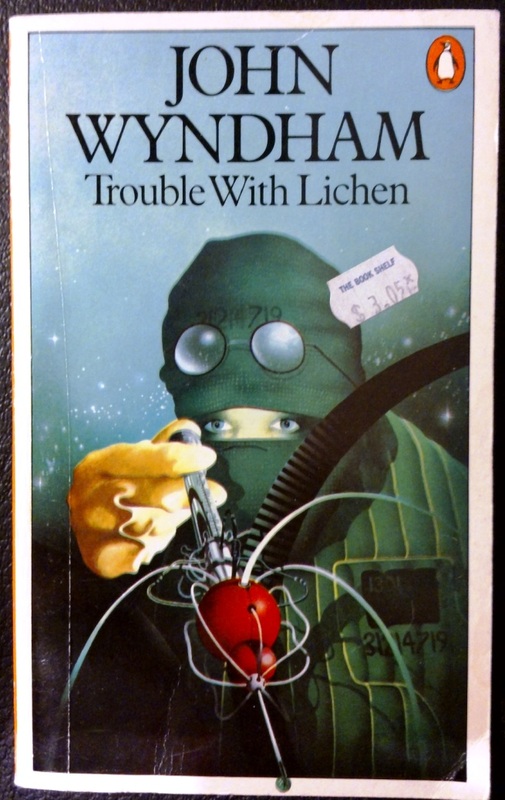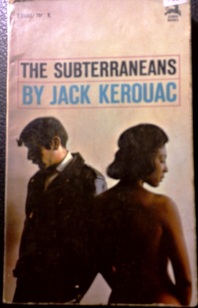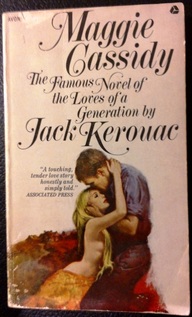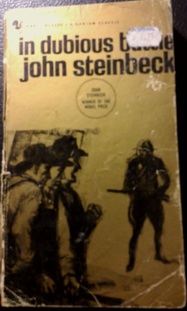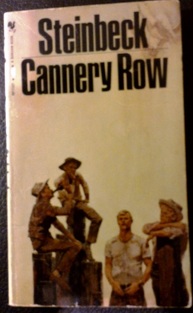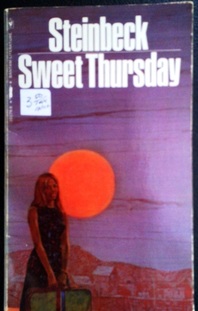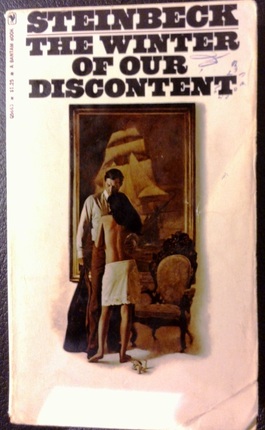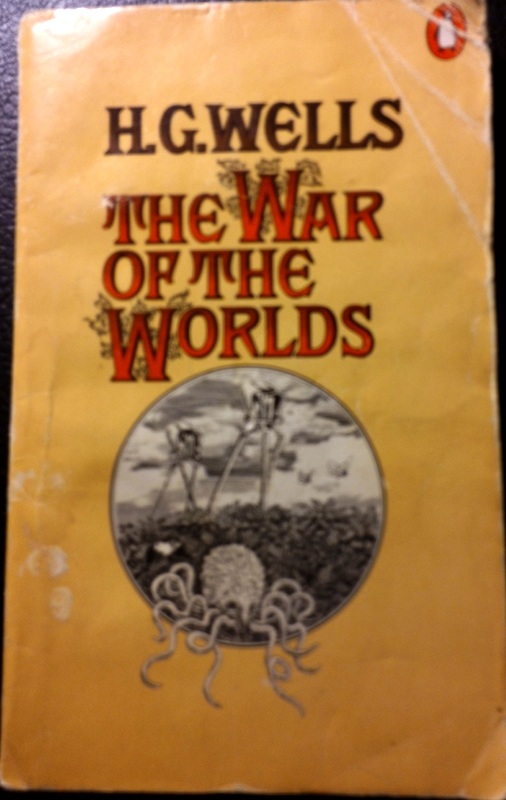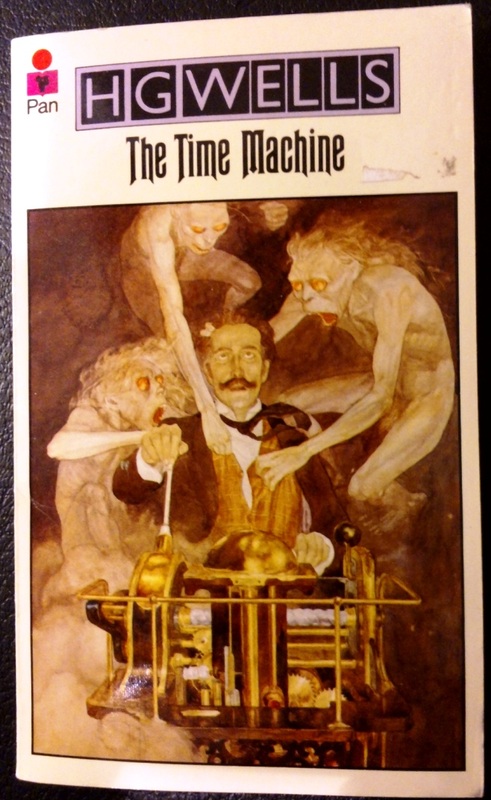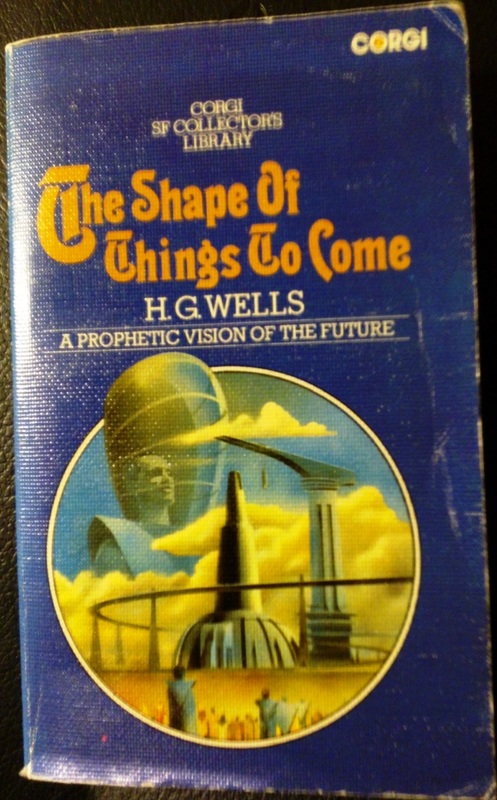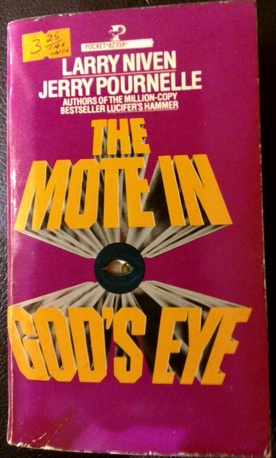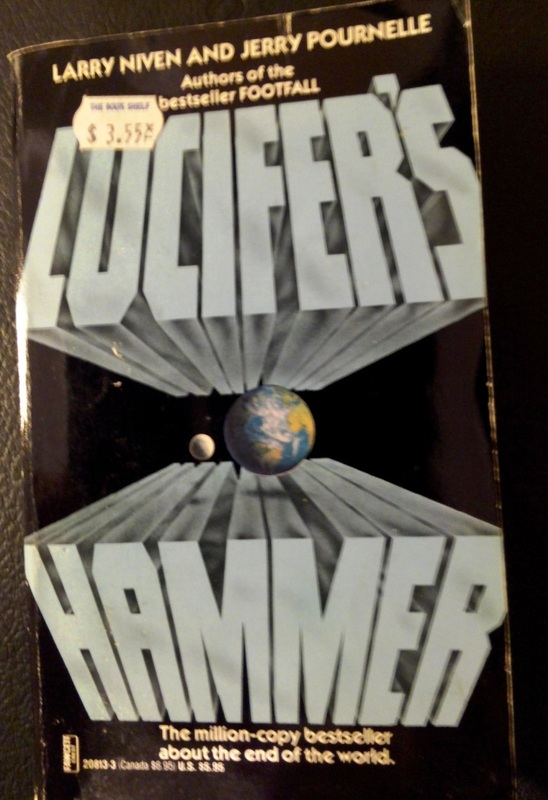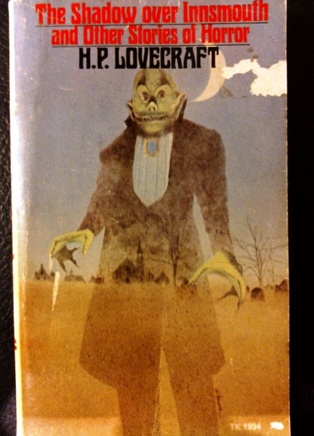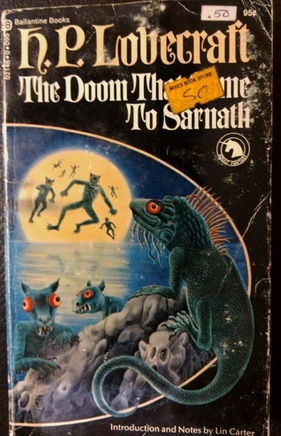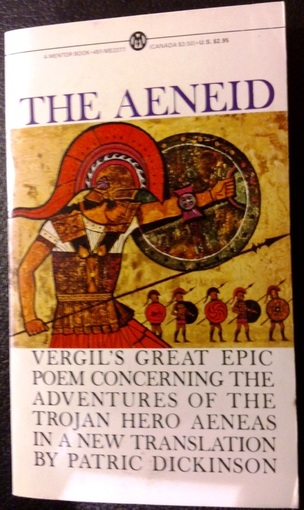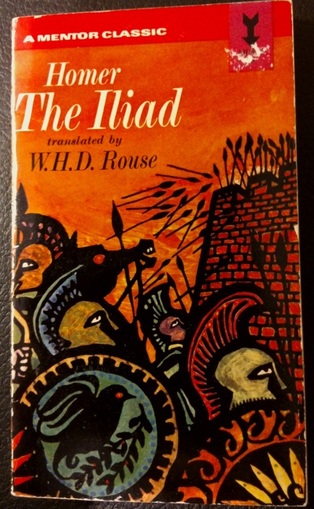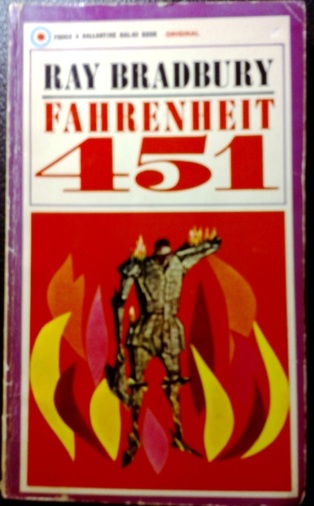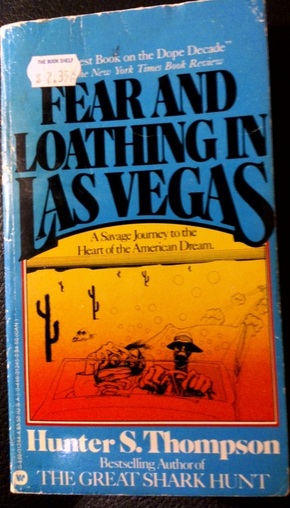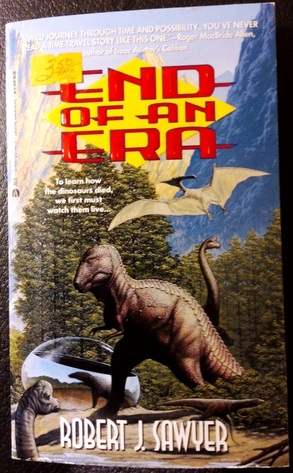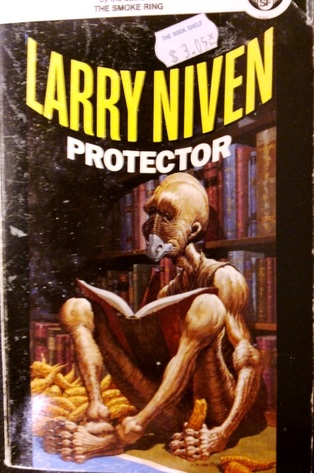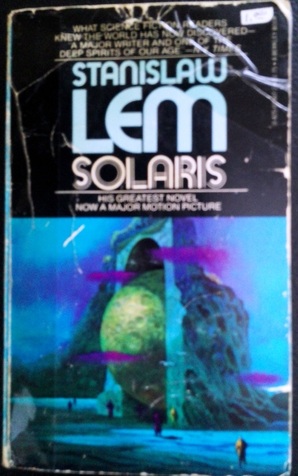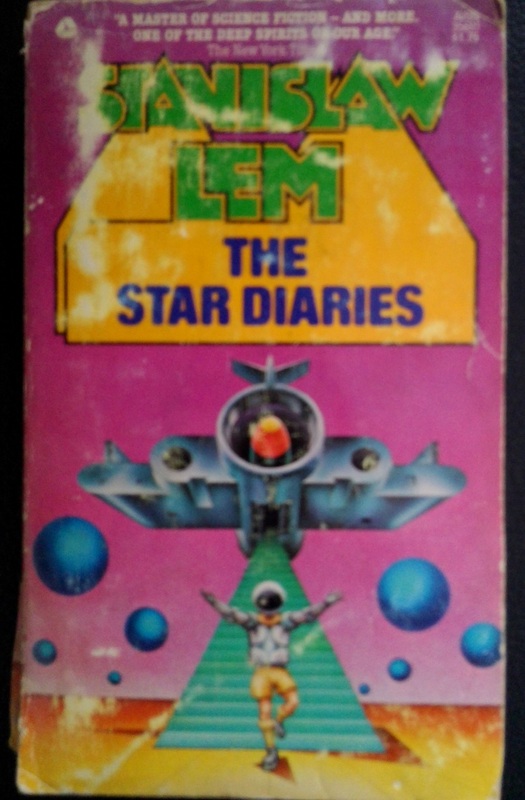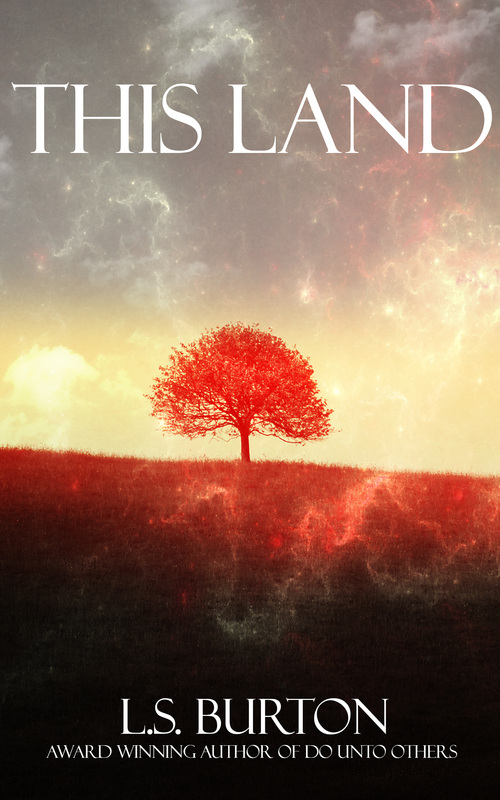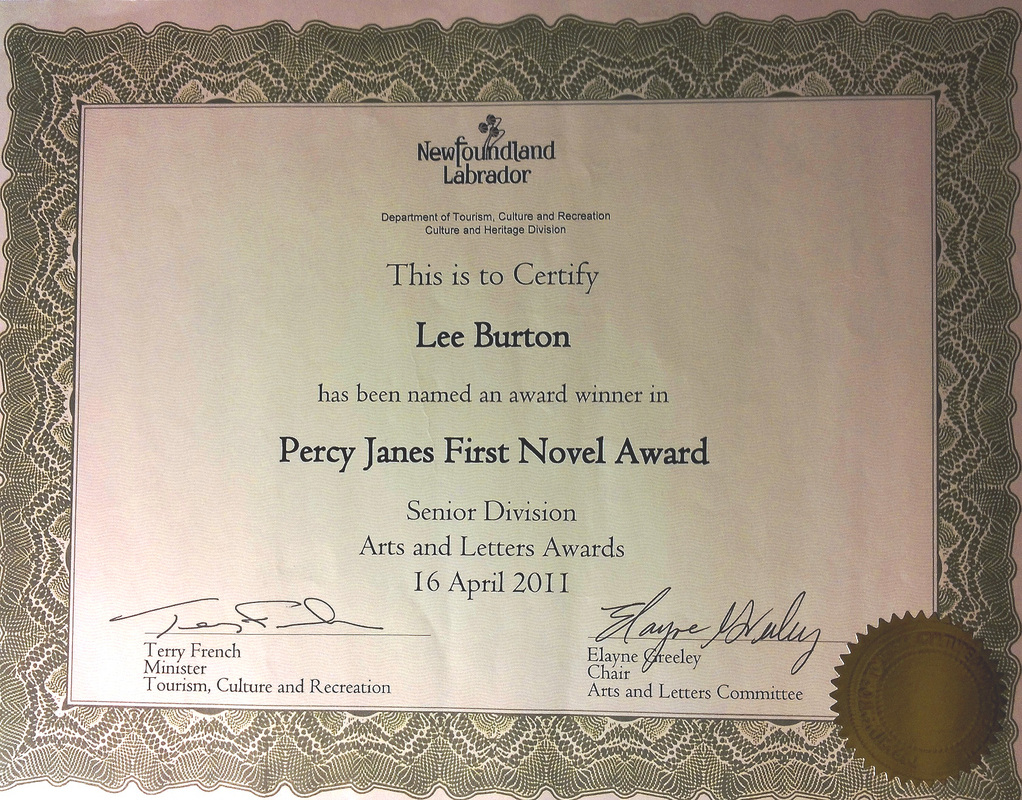|
Today I was directed to a Tumblir site making fun of Bad Book Covers. Or, as it says, lousy book covers. Trolling through them however, I thought a few of them simply didn't belong. To me they seemed homages to the science fiction book covers of the 1960s and 1970s. 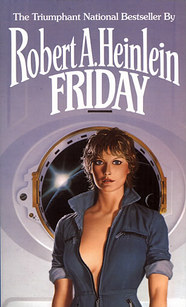 I read it for the articles. Which, in my opinion, are great. Make no mistake, I'm well acquainted with those. On many occasions I've come across books -- often wonderful critiques of society as a whole, great anthropological fiction, or early thought-experiments on how technological society is changing us all -- that I've simply been too embarrassed to buy because of their covers. I couldn't bring myself to hand the book to the clerk and say, "Yes, I am interested in purchasing this. Here is real money." Heinlein's Friday comes to mind immediately. Many times, while delving deep into second-hand shelves in tiny bookstores in small towns in northern places, I came across this book, and always considered buying it. But nope. Never did. Probably never will. Heinlein is famous for his space floozies, as I'll try to demonstrate below. Some of his books should have come in brown paper bags. I have a number of examples of interesting old book covers, but science fiction covers of the 1950s, 60s, and 70s, seem to epitomize a certain way of thinking. Essentially, the way I see it, many science fiction publishers didn't take their own genre seriously. When it came time to produce covers for what often became classic works of the genre, this is basically how I imagine their line of thinking went: QUESTION: Who reads science fiction? ANSWER: Adolescent boys. QUESTION: What do adolescent boys like? ANSWER: Spaceships. And girls.
|
I'm not quite sure what's happening in the covers below, but it sure is 'spacey.' I've noticed that Niven's name tends to get a little heavy around the middle.
John Berkey's work is generally considered classic these days. With a little digging, I've learned he designed the I, Robot cover above.
Chris Foss is the designer for the Foundation cover, which is also a good early example of orange-blue constrast.
Older John Wyndham's books usually have classic examples of space ships and sciency stuff as well:
Some of his more recent editions, however, disappoint in that they attempt to portray what the reader could expect from THE ACTUAL BOOK. I guess that's the Penguin influence.
__Salacious, Naked Beats, and Soft Lighting__
Now there' s a heading that demands attention.
I've always loved Jack Kerouac. Cliche, I know. I don't care. I love his writing. That everything he published, with the exception of The Town and the City, is a first draft still blows my mind.
Don't try this at home, kids.
When he exploded on the scene back in the 1950s, it was a turnaround for established literary circles. Sure, he wrote like jazz, like closing your eyes and seeing colors, but he wrote about youth and adventure, often in a free-spirited, devil-may-care manner. It was a mainstream embracing of counter-culture.
The first edition of On the Road is a rather severe, classy, black cover, a cover that goes to church on Sunday and hardly ever says swears. These paperbacks, however, seems to be pushing another angle altogether. I only have three old Kerouac paperbacks, and I have five nekkid ladies.
I've always loved Jack Kerouac. Cliche, I know. I don't care. I love his writing. That everything he published, with the exception of The Town and the City, is a first draft still blows my mind.
Don't try this at home, kids.
When he exploded on the scene back in the 1950s, it was a turnaround for established literary circles. Sure, he wrote like jazz, like closing your eyes and seeing colors, but he wrote about youth and adventure, often in a free-spirited, devil-may-care manner. It was a mainstream embracing of counter-culture.
The first edition of On the Road is a rather severe, classy, black cover, a cover that goes to church on Sunday and hardly ever says swears. These paperbacks, however, seems to be pushing another angle altogether. I only have three old Kerouac paperbacks, and I have five nekkid ladies.
Ladies and gentlemen of the 1960s, buy these steamy paperbacks to find out what your kids are doing: posing nekkid with strange floating houseplants. Mind you, come to think of it, the cover for The Subterraneans was probably pretty risque for the time (1966).
By 1962, John Steinbeck, another of my favorite writerly gentlemen, had a Nobel prize. Win that kind of recognition and your covers begin to take on a friendly, earthy atmosphere, lit with a soft glow.
Of course, every once in a while, even Nobel prize winners get the nekkid lady treatment.
__Wells, Wells, Wells ...__
From these next three, I take the lesson that if your work survives long enough to be recognized by pretty much everyone, your publisher may actually read the book and okay a cogent cover.
... well, we can't help you there.
__Power Font__
LARRY NIVEN WANTS TO PUNCH YOU IN THE FACE WITH HIS TITLES!
The cover designer for these bad boys had heavy metal in his soul. These are covers that head-bang to Black Sabbath, that have Slash on speed dial. In truth, Lucifer's Hammer probably shouldn't be included in this list as it's a little too new. Yes, it was first published in the 1970s, but this edition was published in1993.
Essentially, I'm pointing out that this sort of thing has been going on for quite a while now. And it needs to stop.
Seriously. Stop it.
Also, it's a really good example of how book design gets recycled.
__A Huzzah For the Rest__
I think for any other author, these two covers would be laughably cheezy, but for Lovecraft they're absolutely perfect.
On my shelf I discovered these great 1960's paperbacks of The Aeneid and The Iliad that I never knew I had. Any designer these days, with current trends in book covers in mind, will tell you that the Iliad cover is too busy, potentially has too many colors, and not enough empty space to draw the eye to where you want it to be. I think that's unfortunate. Because this cover is fantastic. I'd hang that on my wall.
And with that, I'm out of my best examples of fun old book covers.
Not exactly an anthropological study, but a fun visit through the furthest antipodes of my bookshelves. Sad to say, but with e-readers gaining more and more widespread adoption, it won't be much longer before nostalgic digs such as this one become virtually impossible.
Okay, now I have armloads of books stacked on my desk that I need to reshelve. Hope you enjoyed.
Okay, now I have armloads of books stacked on my desk that I need to reshelve. Hope you enjoyed.
Today, I came across what's being called the best, shortest, horror story:
The last man on Earth sat alone in
a room. There was a knock at the door.
- Frederic Brown
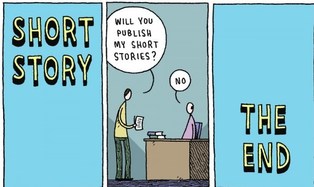
I really like that story. Currently, I'm struggling to get through a rather verbose Brothers Karamazov, long and twisted, and so, to cope, I went in search of a few more very short, short stories in order to keep the Brothers at bay a while.
I had a similar such evening about a year ago. Probably the first time I tried reading The Brothers Karamazov. I solicited three-word stories from my facebook pals. Reading through them again, here's a few of my favorites:
I had a similar such evening about a year ago. Probably the first time I tried reading The Brothers Karamazov. I solicited three-word stories from my facebook pals. Reading through them again, here's a few of my favorites:
Nunnery application? Exorcised.
Sinking? Later, captain.
I successfully shapeshifted.
Unexplored planet. Tentacles!
Invention traps woman.
Interstellar travel. Extinction.
Marathon. Bloody socks.
Unsolicited sadomasochism: rude.
Gorgeous! Want penis?
Groggy. Missing kidneys.
Sinking? Later, captain.
I successfully shapeshifted.
Unexplored planet. Tentacles!
Invention traps woman.
Interstellar travel. Extinction.
Marathon. Bloody socks.
Unsolicited sadomasochism: rude.
Gorgeous! Want penis?
Groggy. Missing kidneys.
In my head, I sorta think the last two go together pretty well.
Another short, short story which tends to pop up from time to time comes from Ernest Hemingway. I've seen it before heralded as the shortest sad story:
Another short, short story which tends to pop up from time to time comes from Ernest Hemingway. I've seen it before heralded as the shortest sad story:
"Classifieds: Baby goods. For sale, baby shoes, never worn."
Snopes.com, the internet's greatest resource for calling bullshit on just about any and every urban legend, cannot verify that Hemingway wrote the story over dinner as a bet the way the myth claims. Snopes does, however, snidely remark that the story does sound familiar to another story about a short, short story, that of the teacher's assignment to his class. When given the criteria that the essay had to be concise and contain elements of 1: Religion 2: Royalty 3: Sex and 4: Mystery ... the winning student essay read:
"My God," said the Queen. "I'm pregnant. I wonder who did it!"
Snopes remarks that this story is probably bunk as well.
But by far, the best short, short stories I've come across while idly fleeing Russian loquaciousness comes from an issue of Wired magazine. They asked many popular writers from diverse genres to write their own Hemingway-esque short, short stories, and got a lot of replies back. I think it's great how the personality and style of the authors really shines through in some of them even though they were limited to six words. Here's a few of my favorites:
But by far, the best short, short stories I've come across while idly fleeing Russian loquaciousness comes from an issue of Wired magazine. They asked many popular writers from diverse genres to write their own Hemingway-esque short, short stories, and got a lot of replies back. I think it's great how the personality and style of the authors really shines through in some of them even though they were limited to six words. Here's a few of my favorites:
Computer, did we bring batteries? Computer?
- Eileen Gunn
Gown removed carelessly. Head, less so.
- Joss Whedon
Automobile warranty expires. So does engine.
- Stan Lee
Machine. Unexpectedly, I’d invented a time
- Alan Moore
Longed for him. Got him. Shit.
- Margaret Atwood
From torched skyscrapers, men grew wings.
- Gregory Maguire
Internet “wakes up?” Ridicu -
no carrier.
- Charles Stross
Wasted day. Wasted life. Dessert, please.
- Steven Meretzky
It cost too much, staying human.
- Bruce Sterling
Lie detector eyeglasses perfected: Civilization collapses.
- Richard Powers
I’m dead. I’ve missed you. Kiss … ?
- Neil Gaiman
The baby’s blood type? Human, mostly.
- Orson Scott Card
Kirby had never eaten toes before.
- Kevin Smith
We went solar; sun went nova.
- Ken MacLeod
Easy. Just touch the match to
- Ursula K. Le Guin
Epitaph: He shouldn't have fed it.
- Brian Herbert
Batman Sues Batsignal: Demands Trademark Royalties.
- Cory Doctorow
Heaven falls. Details at eleven.
- Robert Jordan
whorl. Help! I'm caught in a time
- Darren Aronofsky and Ari Handel
God to Earth: “Cry more, noobs!”
- Marc Laidlaw
Help! Trapped in a text adventure!
- Marc Laidlaw
Dinosaurs return. Want their oil back.
- David Brin
Bang postponed. Not Big enough. Reboot.
- David Brin
Temporal recursion. I'm dad and mom?
- David Brin
Commas, see, add, like, nada, okay?
- Gregory Maguire
Dorothy: "Fuck it, I'll stay here."
- Steven Meretzky
Will this do (lazy writer asked)?
- Ken MacLeod
- Eileen Gunn
Gown removed carelessly. Head, less so.
- Joss Whedon
Automobile warranty expires. So does engine.
- Stan Lee
Machine. Unexpectedly, I’d invented a time
- Alan Moore
Longed for him. Got him. Shit.
- Margaret Atwood
From torched skyscrapers, men grew wings.
- Gregory Maguire
Internet “wakes up?” Ridicu -
no carrier.
- Charles Stross
Wasted day. Wasted life. Dessert, please.
- Steven Meretzky
It cost too much, staying human.
- Bruce Sterling
Lie detector eyeglasses perfected: Civilization collapses.
- Richard Powers
I’m dead. I’ve missed you. Kiss … ?
- Neil Gaiman
The baby’s blood type? Human, mostly.
- Orson Scott Card
Kirby had never eaten toes before.
- Kevin Smith
We went solar; sun went nova.
- Ken MacLeod
Easy. Just touch the match to
- Ursula K. Le Guin
Epitaph: He shouldn't have fed it.
- Brian Herbert
Batman Sues Batsignal: Demands Trademark Royalties.
- Cory Doctorow
Heaven falls. Details at eleven.
- Robert Jordan
whorl. Help! I'm caught in a time
- Darren Aronofsky and Ari Handel
God to Earth: “Cry more, noobs!”
- Marc Laidlaw
Help! Trapped in a text adventure!
- Marc Laidlaw
Dinosaurs return. Want their oil back.
- David Brin
Bang postponed. Not Big enough. Reboot.
- David Brin
Temporal recursion. I'm dad and mom?
- David Brin
Commas, see, add, like, nada, okay?
- Gregory Maguire
Dorothy: "Fuck it, I'll stay here."
- Steven Meretzky
Will this do (lazy writer asked)?
- Ken MacLeod
Those were my favorites of the bunch. The rest may be found at Wired: http://www.wired.com/wired/archive/14.11/sixwords.html
I hope you've enjoyed these short, short stories. Back to Dostoyevsky I go.
I hope you've enjoyed these short, short stories. Back to Dostoyevsky I go.
L.S. Burton
 Farewell, third person bio.
Farewell, third person bio.
Lee Burton doesn't have cats or kids, but he does have a lot of books, a couple of mugs he thinks are really fantastic, and a good pair of shoes which haven't fallen apart yet despite his best efforts to murder them with kilometers.
Burton has written almost six books. Almost six as some are still scantily clad in their respective drawers. Each of them had their own goals and were written differently, and he is very fond of them all -- except perhaps for his first attempt at a novel, which remains a travesty. That one he keeps locked in a dark basement and feeds it fish heads.
In 2011, Burton won the Percy Janes Award for Best Unpublished First Novel in the Newfoundland and Labrador Arts and Letters Competition for his novel Raw Flesh in the Rising.
And just recently, in the fall of 2013, Burton published his first science-fiction novel, THIS LAND, about which he boasts constantly.
Burton has written almost six books. Almost six as some are still scantily clad in their respective drawers. Each of them had their own goals and were written differently, and he is very fond of them all -- except perhaps for his first attempt at a novel, which remains a travesty. That one he keeps locked in a dark basement and feeds it fish heads.
In 2011, Burton won the Percy Janes Award for Best Unpublished First Novel in the Newfoundland and Labrador Arts and Letters Competition for his novel Raw Flesh in the Rising.
And just recently, in the fall of 2013, Burton published his first science-fiction novel, THIS LAND, about which he boasts constantly.
Available at Amazon
Store
Now Free
on Paper Seraglio
Archives
March 2014
February 2014
January 2014
October 2013
September 2013
August 2013
July 2013
May 2013
April 2013
March 2013
February 2013
January 2013
December 2012
November 2012
October 2012
September 2012
August 2012
July 2012
Categories
All
Anthropology
Article
A Thought
Attempted Wit
Book Covers
Books
Ebooks
Excerpt
Funny
Grammar
History
Interview
Literary
Lovecraft
Newfoundland
Popular
Published Piece
Saturday Showcase
Science
Science Fiction
Short Story
Systematic Rube
This Land
Video
Writing
